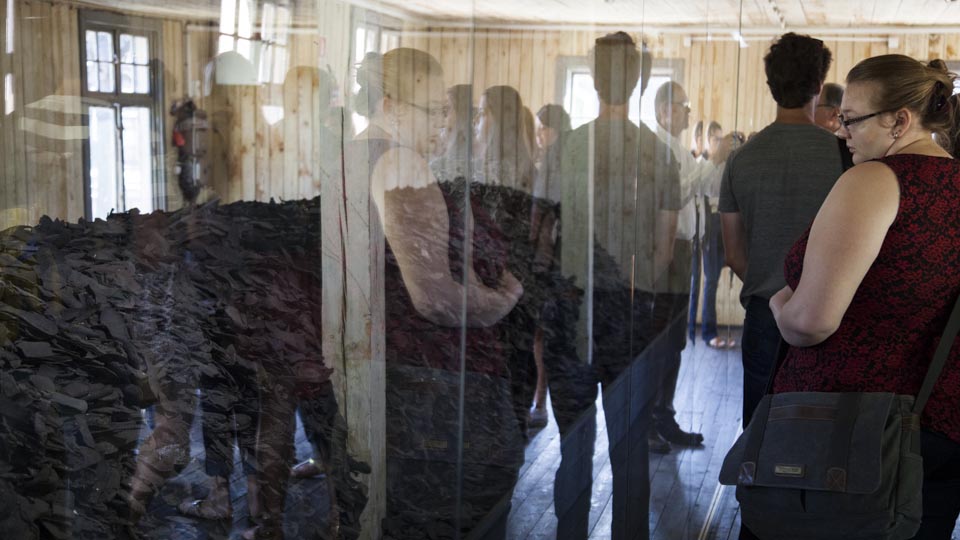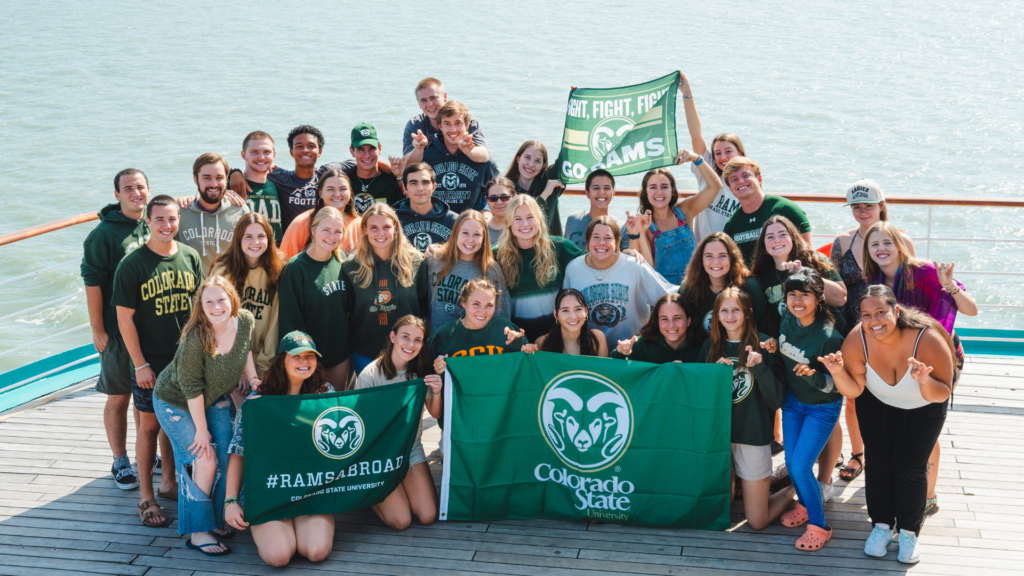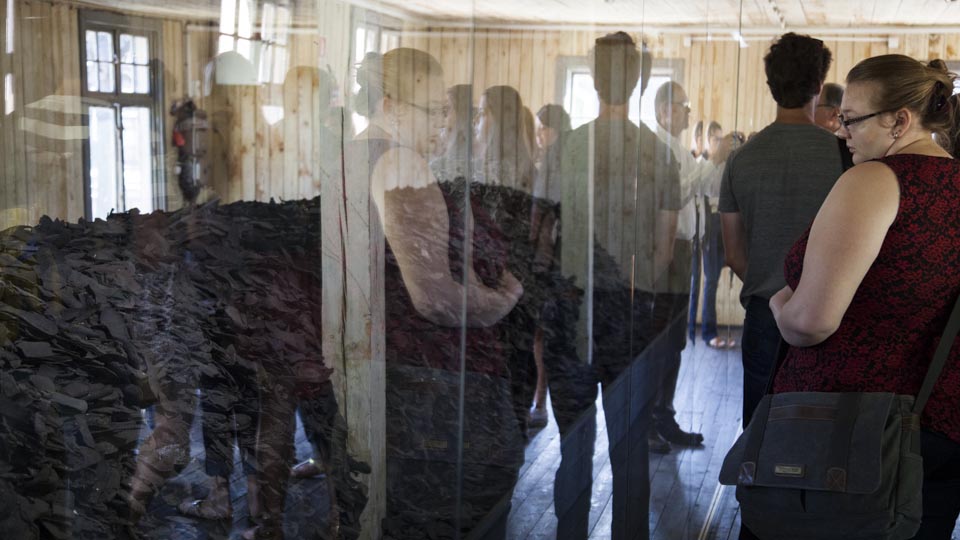
“Everyone should visit a concentration camp.” This is something my dad, a history major from the U.S. Naval Academy, has told me ever since we moved from Germany when I was 13, not having visited one. So, when I saw that a visit to the former German concentration camp of Stutthof was one of field lab options for my International Relations class, I made sure to wake up at 6 a.m. on registration day to guarantee my spot in that section.
To be truthful, I was not excited to go. I was not looking forward to it, but I felt it was something I had to do. Not just for the class, but also for myself. I needed something that would give me a firsthand perspective on the numbers and the history that I’d learned in school about the Holocaust. I got a lot more than I bargained for.
I’d never considered the land where concentration camps were located. I always assumed the camps just appeared out of Nazi necessity, but that was not the case with Stutthof. This land was once beautiful and an escape for children and elderly over the summer. Situated in the center of a forest, cut off from society, visitors could relax and take a break before returning to the woes of the real world. Hitler’s Nazis chose it for just this reason. Here, the Nazis could carry out their work in private, and the locals could pretend they didn’t know what was happening, at least for a time.
The setting provided another advantage for the Nazis as well: the people who were told they were going to Stutthof believed that it was just a short vacation to a well-known peaceful summer camp before they were moved into a new home. They willingly packed up all of their belongings, all of their valuables, and hand delivered them to the Nazis to pillage and steal before the guests, the inmates, the walking corpses, were assaulted themselves.
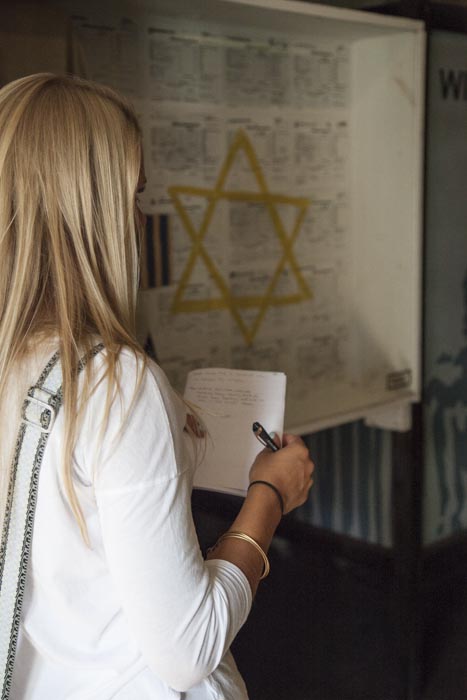
Everything was taken from the inmates, because who needs belongings in a concentration camp? Prisoners often didn’t last a week, let alone a winter. Shoes were taken — 490,000 soles found at liberation — for the leather. At Stutthof, visitors watch an introductory movie before touring the historic site. The footage of the mountain of shoe soles, at least 20 men wide and three men high, will haunt me forever. The woman breaking down in the video upon seeing a child’s bootie will change the way I look at my now one-year-old niece.
Inmates were also physically assaulted for the greed of the German empire. Teeth were examined for gold. Hair was examined for softness, blonde being the ideal, which was then cut off and mailed to Germany for wigs and human-hair mattresses, all the rage in Berlin. And when they finally died, or were killed for it, their skin was taken and sent to Germany for human leather gloves and lampshades. When we were told that tattoos made the skin all the more valuable, I could not help but think of my roommate Lindsey and her many tattoos, or my dad’s Naval Academy and Marine Corps Semper Fidelis tattoos. I could not even process this information at the time — I couldn’t grasp all of the atrocities that went on at Stutthof, and this was only a minor camp. Everything made me sick.
Walking through the barracks, the infirmary and the bathroom, everything got worse. As a photographer, when something moves me, my first instinct is to photograph it, to somehow capture my emotions on film or digitally. At Stutthof I could not take a single picture. The concentration camp, the death camp, it did not move me. It shocked me. The clich√©, “How could someone do this to another person?” was the only thought that came to mind. It wasn’t until Kate, our guide, started to explain how the inmates rebelled that I saw a sliver of hope.
As the daughter of two marines I have sat through so many action movies where I listened to my parents point out that this gun was missing a screw and there’s no way this gun could have fired, the hero should be dead. So when Kate told us that the inmates, forced into more than 14 hours of work a day on little or no food, didn’t screw the guns together properly, I understood immediately the true gravity of their rebellion. When a gun explodes, it doesn’t just take out the shooter, but everything within a three-meter radius is likely to get hit with shrapnel. This small rebellion would have actually been effective! Prisoners also sewed typhoid-infected lice into the seams of clothing, which meant disease would have spread like wildfire through the troops.
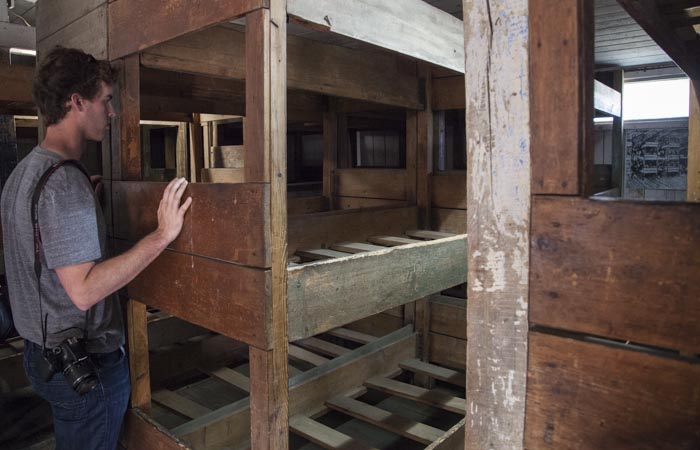
After learning of the prisoners’ deliberate methods for thwarting their Nazi captors, it seemed to me that some people are able to get through anything, if they just keep fighting. However, the reality of the situation is that at least 65,000 people didn’t get through it, at least 65,000 people never stepped through the door and out of the camp like I did, and those 65,000 deaths weighed upon me as I walked back to the nice coach with air-conditioning and cushioned seats that I hoped I would never take for granted again.
No matter how many times I’ve discussed the Holocaust in class, or read books on it, nothing made an impression like going to an actual camp. Even in class, when we learned that few people are responsible for the deaths of more people than Hitler, I couldn’t really understand. “Everyone should visit a concentration camp,” my dad responded after I explained to him how intense my reaction was to Stutthof. Everyone should be able to understand.
